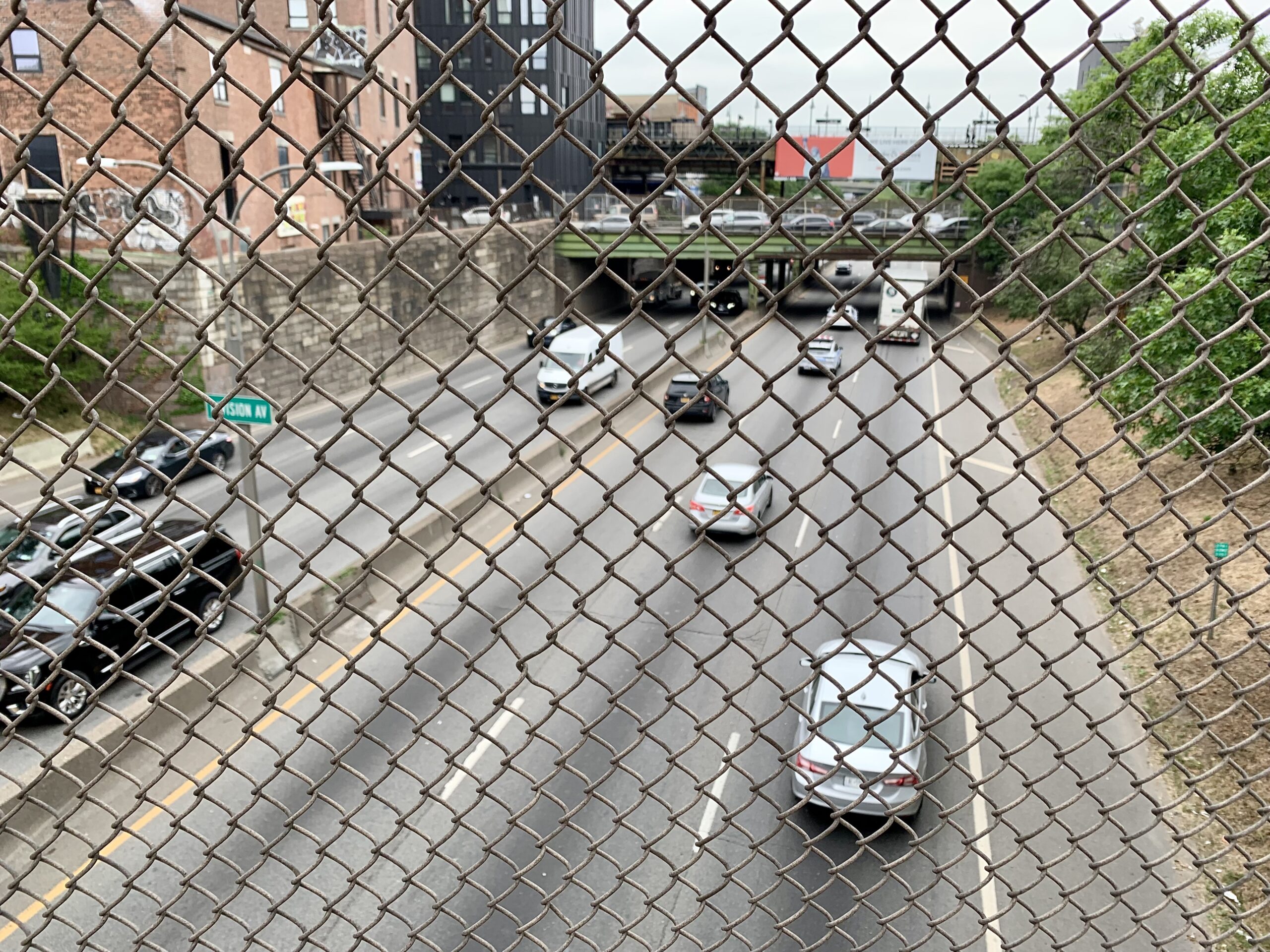BQE workshop schedule: Oct. 30 through Nov. 8
In-person and virtual

The New York City Department of Transportation is hosting its third round of public workshops on concepts to improve the spaces under and around the Brooklyn-Queens Expressway North and South. The four workshops, which will be held both in-person and virtually, begin on Monday, Oct. 30, and continue through Nov. 8.
At the workshops, DOT will discuss concepts developed in response to community feedback during the first two rounds of workshops, including feedback provided by “BQE Community Partners,” which are local organizations DOT has been meeting with on a narrow basis.
Workshop Schedule

Brooklyn Boro
View MoreNew York City’s most populous borough, Brooklyn, is home to nearly 2.6 million residents. If Brooklyn were an independent city it would be the fourth largest city in the United States. While Brooklyn has become the epitome of ‘cool and hip’ in recent years, for those that were born here, raised families here and improved communities over the years, Brooklyn has never been ‘uncool’.